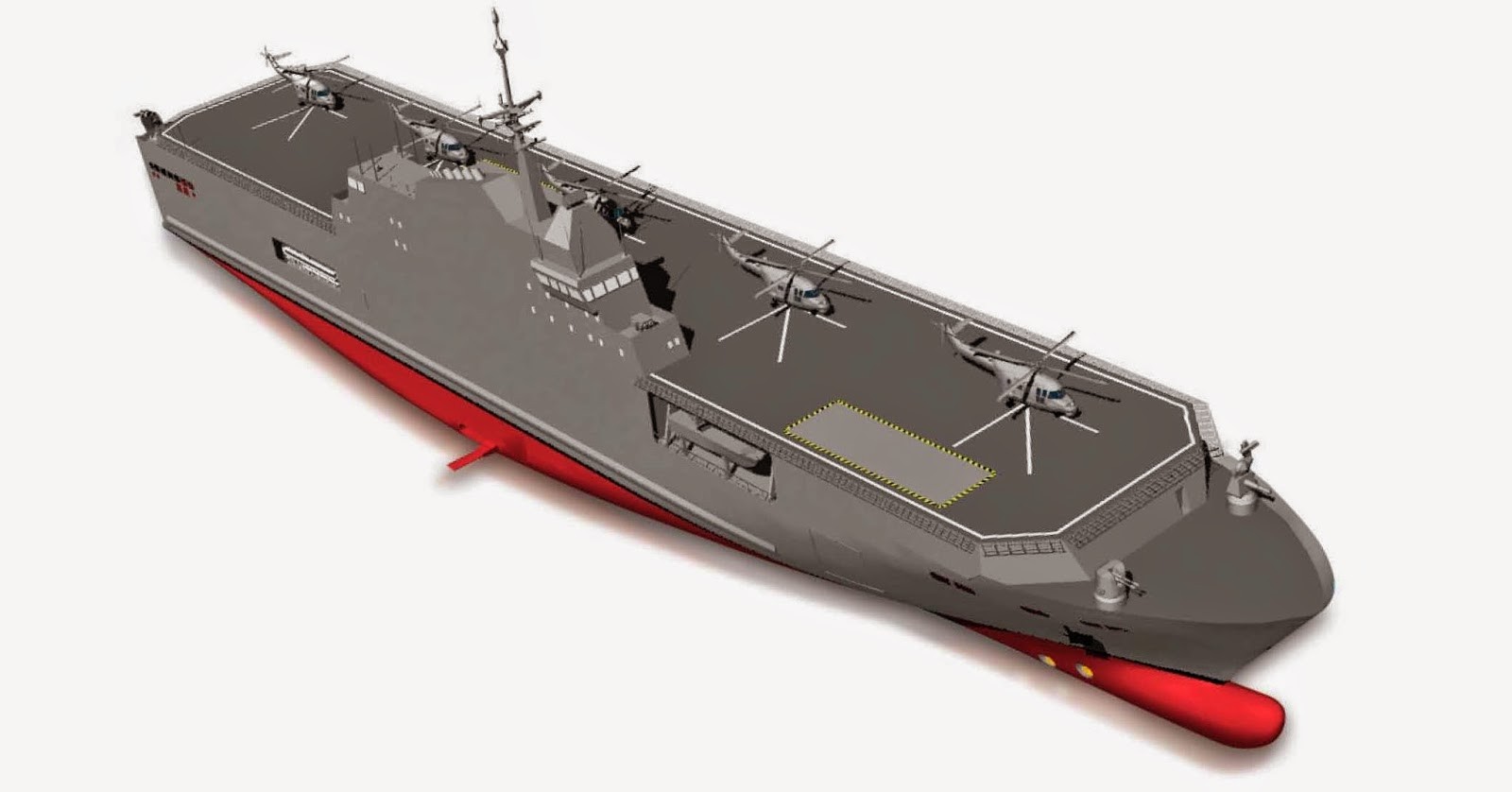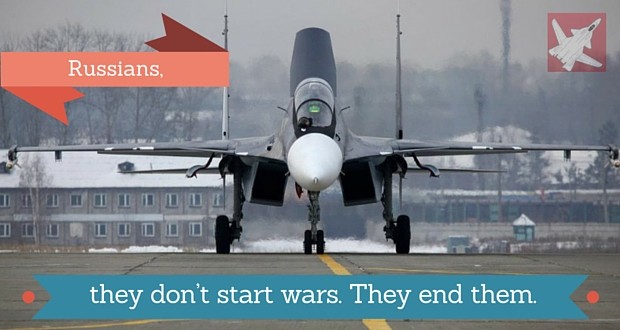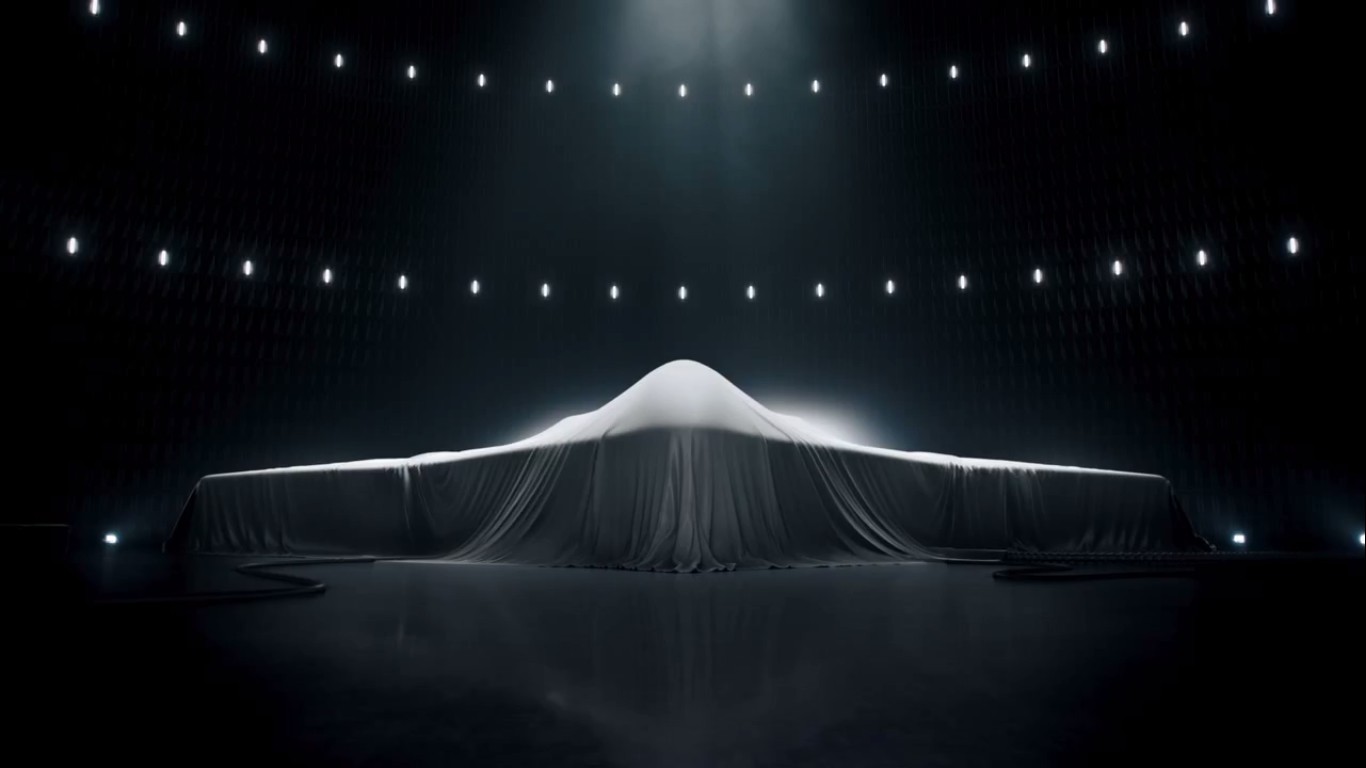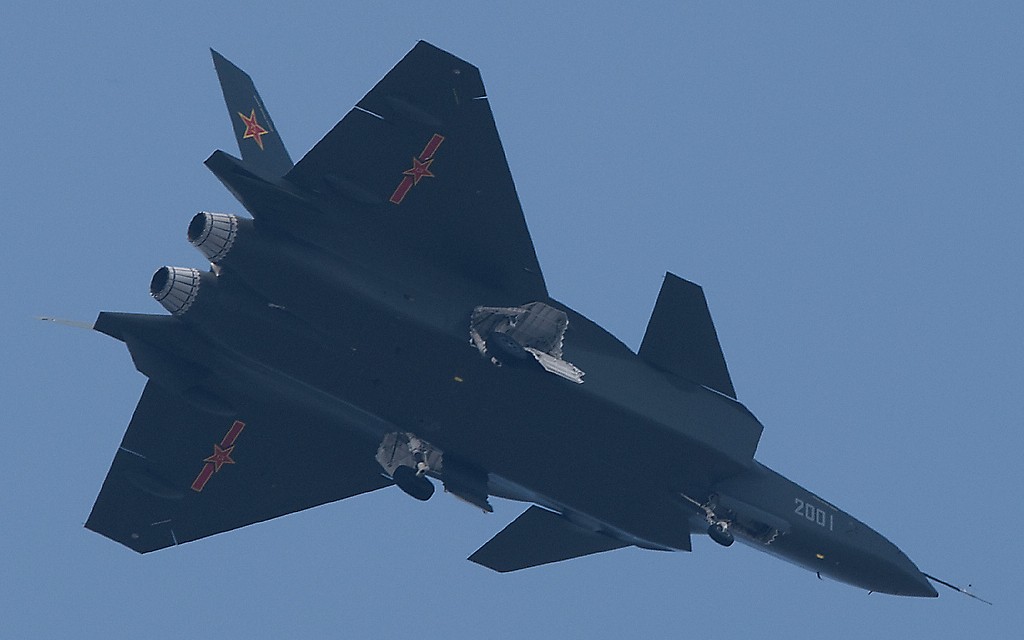In early March last year, a model of what appeared to be a Landing Helicopter Dock was put on display at the Singapore Air Show. The model betrayed no other information other than the fact that it was a variant of the Endurance class Joint Multi Mission Ship (JMMS). Although the Singapore’s Ministry of Defence (MINDEF) didn’t make that big a deal out of the whole event, it doesn’t take an expert to look beyond the unpretencious façade of the vessel. To look towards Singapore’s growing role in the establishment of security in the maritime domain of South East Asia.
Given the fact that conflagrations in the South China Sea have been on the rise, it’s no secret that most of the nations involved have been making a conscious effort to beef up their deterrence capabilities. The conflict in the South China Sea is a complex one. With a number of nations (sometimes upto 6) claiming small features of land in a vast expanse, it is not surprising to see a bit of friction.
When you look at the nations that are headlong in the dispute, you simply can’t ignore China. The PLAN has come a long way since the first major “incidents” of the dispute, way back in the 1970s. China’s political assertiveness has gone hand in hand with its steady military expansion policy. Today the PLAN’s arsenal is nothing short of impressive. Landing Helicopter Docks (LHD), Corvettes, Frigates and submarines stock the inventory, but the PLAN’s crown jewel is definitely the Liaoning – China’s first aircraft carrier. Though it is yet to enter into operational service, it serves as a reminder of China’s growing military prowess.
However, China is not the only regional nation to join the elite club of nations who operate aircraft carriers. The Indian Navy has been operating aircraft carriers for almost half a century. With two operational carriers, one aircraft carrier in the pipeline and years of operational experience, the Indian Navy’s portfolio in this regard is quite impressive.
The Hyuga class helicopter destroyer, in service with the JMSDF (Japanese Maritime Self Defense Force) is what can be termed as a helicopter destroyer. However, given the sheer size of flight deck, it isn’t hard to see how these massive vessels could support STOVL/VTOL aircraft and tiltrotors in addition to helicopters. With the first vessel of the Izumo class nearing operational status, the JMSDF is all set for a serious expansion.
The Republic Of Korea Navy (ROKN) operates the Dokdo class Amphibious Assault Ship. Similar in size to the JMSDF’s Hyuga class, the Dokdo class of vessels have a slightly different range of operational parameters. Unlike the Japanese helicopter destroyers, the Dokdo class is built to support amphibious operations.
The Royal Australian Navy (RAN) holds considerable sway in the southern portion of the region. Though the Royal Australian Navy has operated carriers in the past, the last aircraft carrier in RAN service – HMAS Melbourne, was decommisioned in 1982. However, gaps in operational capabilities left by the absence of an aircraft carrier will soon be offset by the commissioning of the Canberra class Landing Helicopter Dock (LHD). With a huge flight deck and Australia’s continued support for the F-35 JSF programme, it isn’t hard to see how the versatility of the vessel can be exploited to fit its operational role.
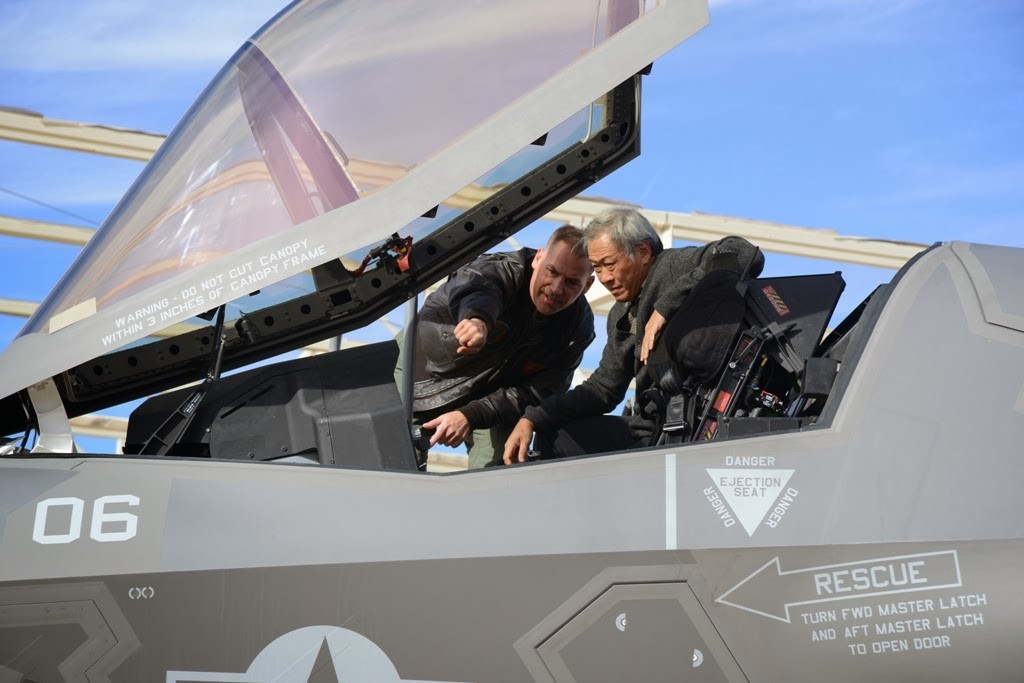
In an interview in July 2014, Singapore’s Defence Minister – Dr. Ng Eng Hen spoke about the possibility of commissioning larger Joint Multi Mission Ships, to add to the capabilities of existing Landing Platform Dock vessels, already in service. In addition to this, when asked about the possibility of the acquisition of such a vessel, Singapore’s Ministry of Defence (MINDEF) refused to comment on the topic.
However, MINDEF did confirm that Singapore will soon be acquiring F-35B stealth fighters. Analysts heaved a sign of relief when confirmation came from a rather unusual source. In July 2013, US Air Force General Herbert Carlisle unwittingly disclosed that Singapore’s Chief of Defence Force, Lt. Gen. Ng Chee Meng had confided to him that Singapore had planned to procure the F-35B.
The decision to procure the B variant of the F-35 and the apparent shift in policy in favor of larger Joint Multi Misson Ships (JMMS) point towards Singapore’s regional aspirations. It is plain to see that Singapore has taken it upon them to balance China’s assertiveness.
Though it seems like Singapore’s Ministry of Defence has made up its mind, what are the reasons behind this decision?
To completely understand the decision, we have to talk about Singapore’s real estate or rather, lack of it. The total size of this city state is about seven hundred and sixteen square kilometers, which is approximately half the size of London.
Due to its geographical position, Singapore lies bang in the middle of a natural chokepoint. Now what this means is that all of Singapore’s assets, both economical and military are concentrated in a very small area. Ergo the entire nation can be crippled by a large aerial bombing campaign.

With almost 400 operational aircraft, the Republic of Singapore Air Force is one of the strongest and most well trained forces in the region. However the air bases these aircraft operate out of, are in close proximity with each other. All of this adds up to the same thing – A few well positioned bunker busters and anti-runway penetration bombs can knock out the entire RSAF infrastructure.
There are two ways to overcome this tactical disadvantage.
- Increase the area of the mainland
- Increase the number of bases of operation.
Since the former takes a lot of time and resources to materialize, the latter is the Singapore military’s best bet. The lack of real estate can be offset by introducing an off shore floating base of operations. In simple words, an aircraft carrier.
Singapore’s Ministry of Defence is taking this option very seriously. But how will they go about acquiring this vessel?
The most likely route that will be taken by the Minstry of Defence is to issue the tender to a Singaporean firm. If they are to go down this road, it will be a huge step forward for Singapore’s naval industry. An aircraft carrier is a huge leap from the Endurance class Landing Platform Docks currently in service with the Republic of Singapore Navy (RSN).
The second and less likely option would be to procure an existing vessel and carry out an extensive refurbishment.
Despite all the layers of defences, an aircraft carrier’s most potent weapon is the aircraft that operate off of it. Singapore was a Security Cooperative Participant in the F-35 programme for more than a decade and the F 35B has been in the sights of RSN officials for years, but no steps have been made to show interest in the procurement of this aircraft or its variants.
The Singaporean Defence Minister made it clear back in 2013 that Singapore was in no hurry to buy new aircraft because “F-16s are still very operational.” With all the glitches and initial problems facing the F-35 programme, its safe to assume that Singapore’s just waiting for the aircraft to complete it’s maturation period.
With or without the F-35, Singapore believes in improving it’s tactical position in the event of a conflict.
If the leadership believes that the costs towards the construction, operation and maintenance of an aircraft carrier can be justified and although it’s a huge leap forward, an aircraft carrier is a step in the right direction.

